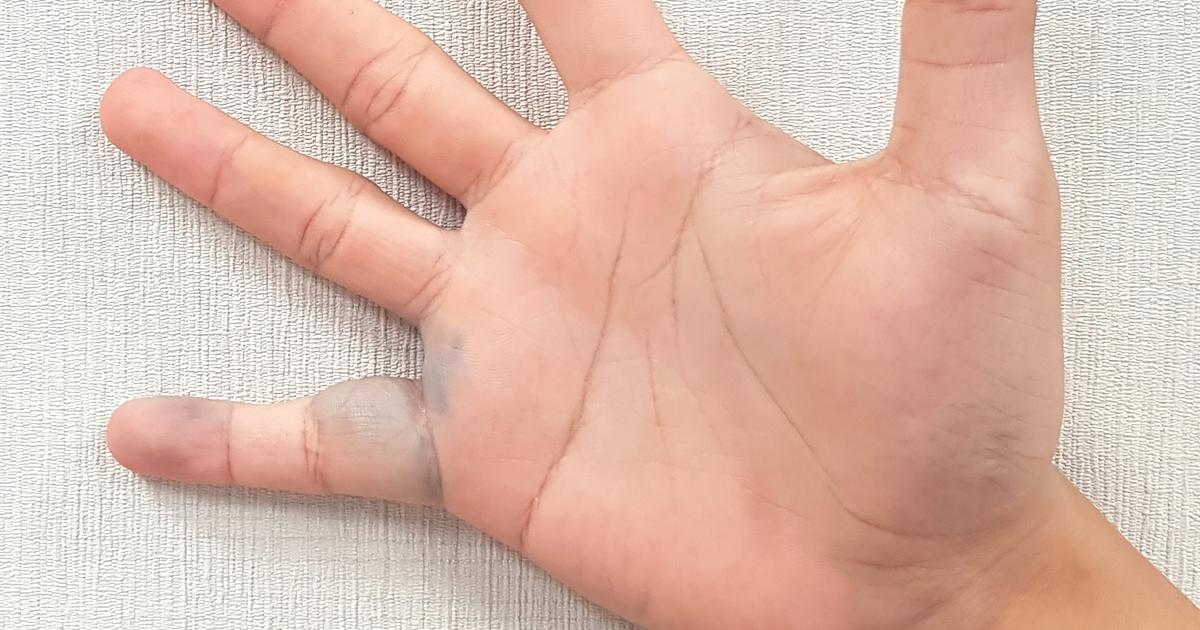Symptoms Of Psoriatic Arthritis To Watch For
Swollen Fingers And Toes

One of the most common symptoms of psoriatic arthritis is swelling of the fingers and the toes. An individual's fingers consist of over two dozen joints, as do their toes. The fingers and toes are especially vulnerable to the effects of any type of arthritis because more joints are concentrated in a smaller area. Because the joints that make up the fingers and toes are also very small compared to other joints in the body, they are more susceptible to swelling that can become debilitating.
Swelling in the fingers and toes can compress blood vessels that supply these tissues with oxygenated blood as well as the nerves that function to move the fingers and toes. Swollen fingers and toes can cause individuals to have difficulty moving and using them in everyday life. Swollen joints cause the fingers and toes to have a limited amount of mobility, decreased range of motion, and impairment of sensations.
Fatigue

Some individuals affected by psoriatic arthritis may experience fatigue as a symptom of their disorder and the effects it is having on other parts of the body. Fatigue is a lack of energy in the body that occurs when the cells are unable to produce enough ATP to meet its demand. A constant supply of oxygen and other nutrients are needed for the cells to produce enough usable energy. An individual who has psoriatic arthritis that develops inflammation in the tissues of the heart or lungs will have less circulating oxygen in their bloodstream to deliver to the cells around the body.
This malfunction occurs because the inflamed organs are unable to function correctly. Inflamed tissues of the heart can impair its ability to pump blood, which means cells around the body cannot produce enough cellular energy to meet its needs. This energy shortage can cause a psoriatic arthritis patient to experience fatigue.
